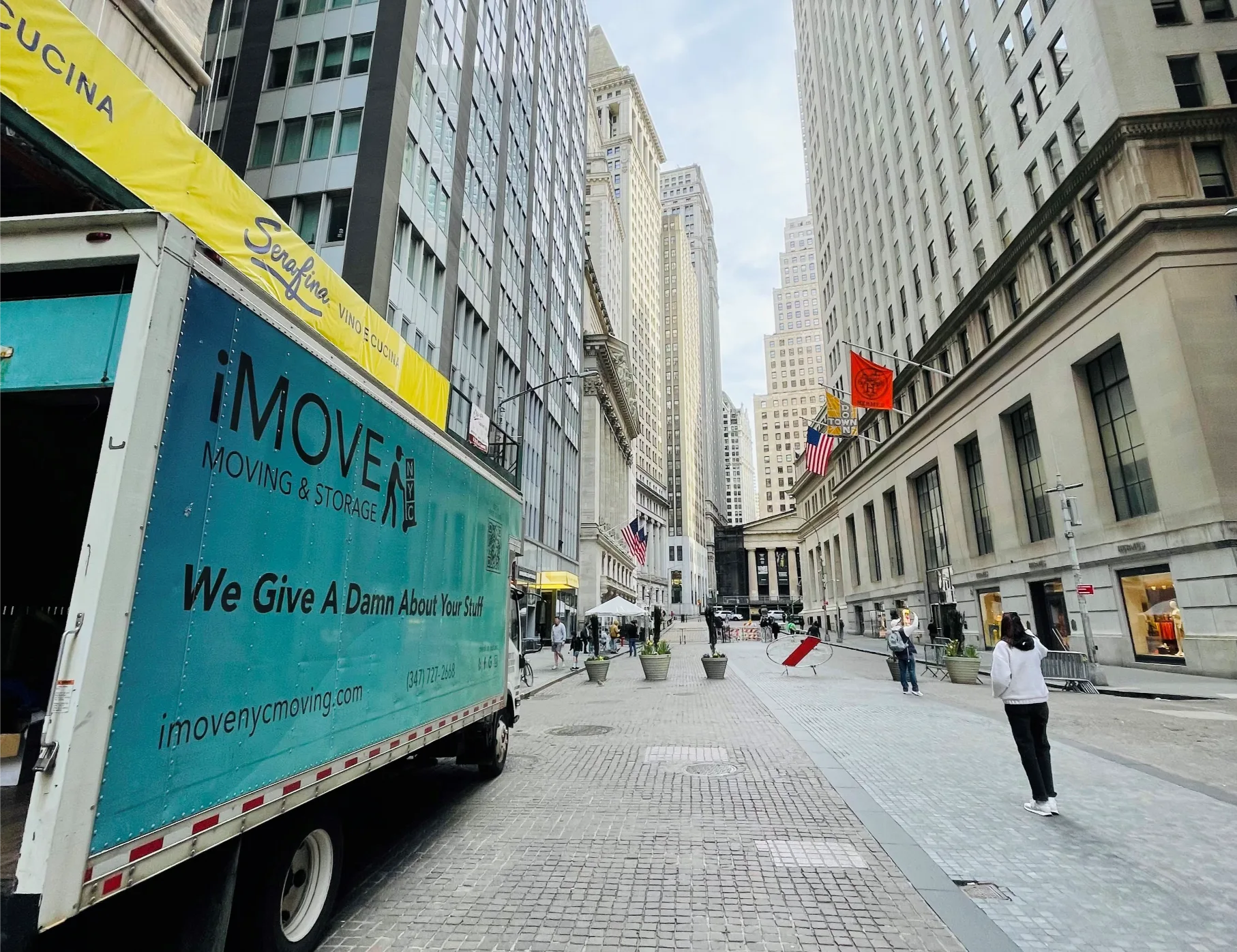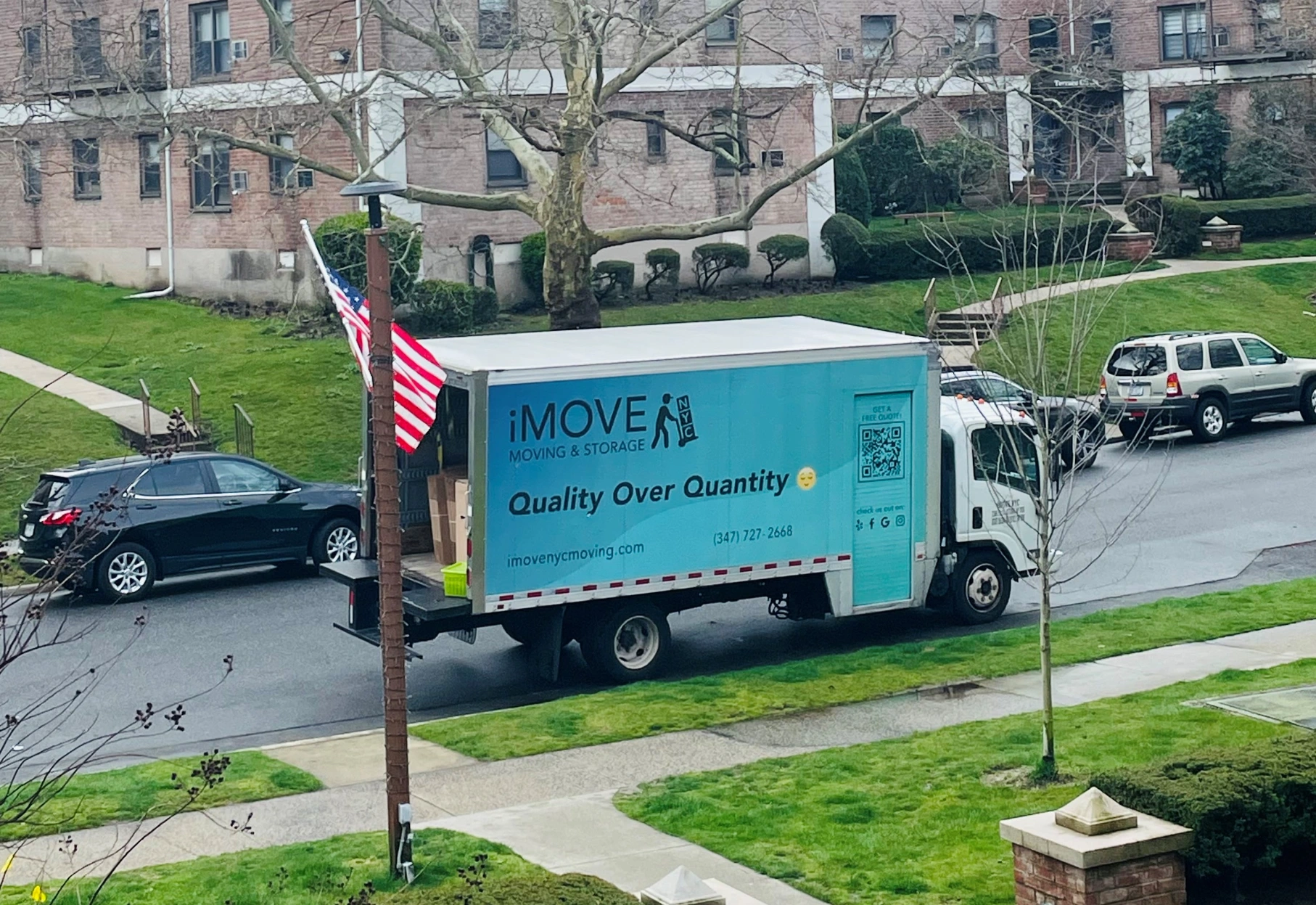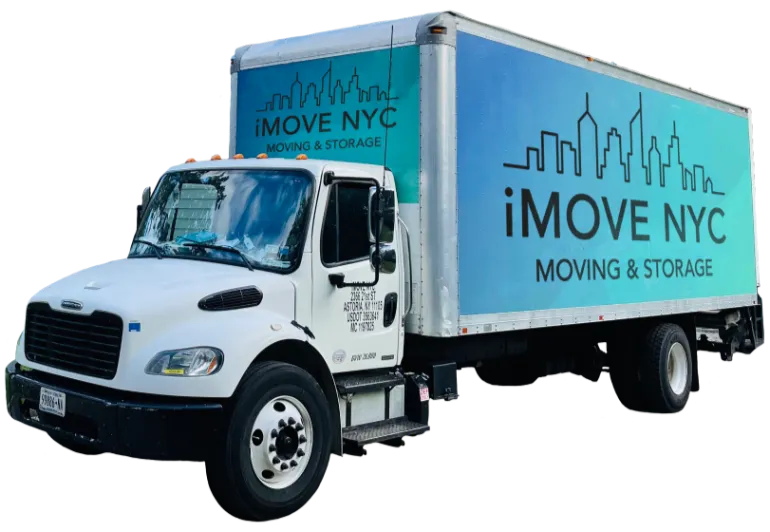
Moving to NYC as a Student in 2025: The Complete Parents’ Guide
New York City stands as one of the most exhilarating and enriching destinations for students – both from across the U.S. and around the globe.
Fill out the form below for a quick flat price quote
Relocating an office is a complex process that extends far beyond simply packing up desks, chairs, and computers. It involves carefully managing sensitive business data, ensuring that IT infrastructure is transferred securely, and reducing the risk of cyber threats or physical data loss. From client records and financial documents to proprietary company information and employee details, businesses handle vast amounts of confidential data that must be safeguarded throughout the move. Without proper planning, a relocation can expose an organization to potential breaches, misplaced hardware, or unauthorized access, leading to financial losses and reputational damage.
To ensure a seamless and secure transition, businesses must implement strong IT security measures, follow best practices, and work with experienced professionals who understand the complexities of relocating sensitive digital and physical assets. Below are essential steps to protect company data, prevent security risks, and maintain business continuity during an office move.
Before the relocation, businesses should assess their current cybersecurity framework and identify vulnerabilities. A thorough IT security audit includes:
This pre-move audit ensures that IT security remains intact throughout the process and minimizes the risk of data leaks.
One of the most critical steps in safeguarding sensitive business information during an office relocation is implementing a comprehensive backup strategy. Data loss can occur due to various factors, including hardware damage, misplaced devices, theft, cyberattacks, or even human error during the move. Without proper backups, businesses risk losing essential files, disrupting operations, and compromising confidential client or financial information.
To ensure complete data protection, companies should establish multiple backup solutions in different locations. Consider the following approaches:
For added security, businesses should test their backup systems before the move to verify that files can be restored without issues. Encrypting backed-up data and implementing automated backup schedules can further reduce the risk of accidental data loss. Maintaining redundant copies of critical business information allows companies to recover quickly from unexpected disruptions and continue operations with minimal downtime.
Office relocations often involve IT specialists, third-party movers, and temporary personnel handling equipment. To minimize unauthorized access, businesses should:
Encryption is a vital security layer that ensures confidential files remain inaccessible if hardware is lost or stolen during transit.
Not all sensitive information is stored digitally – many companies still maintain important physical records. To prevent unauthorized access:
By implementing strict document security protocols, businesses can prevent data leaks and unauthorized disclosures.
Hiring a professional moving company like iMOVE NYC with expertise in IT relocations is crucial. Not all movers are equipped to handle servers, secure data storage, and high-value office technology. When selecting a moving partner, businesses should ensure that the company:
A reliable moving company should also comply with non-disclosure agreements (NDAs) when dealing with confidential information.
Even with an experienced moving partner, businesses must remain proactive in overseeing IT security. Key steps include:
A hands-on approach ensures that sensitive data remains protected and that any irregularities are immediately addressed.
Once the move is complete, businesses must thoroughly inspect and secure their IT infrastructure to ensure that all systems are fully functional and uncompromised. Even a minor oversight during relocation can lead to security vulnerabilities, data corruption, or operational disruptions. To prevent potential risks, companies should conduct a comprehensive post-move IT security check, including:
Additionally, businesses should monitor network traffic for any unusual activity and update IT security policies as needed. A full post-move cybersecurity assessment ensures that all systems are secure, reducing the risk of breaches and allowing for a smooth transition back to normal business operations.
Changing office locations requires updates to various security settings and company policies. Businesses should:
A well-documented IT security policy ensures compliance with industry standards and reduces relocation-related risks.
Office relocations present unique challenges when it comes to IT security. However, with the right preparations and the expertise of a trusted moving partner, businesses can ensure a smooth transition without compromising sensitive data.
iMove NYC specializes in secure corporate relocations, with years of experience handling IT equipment, servers, and confidential business assets. Our team understands the importance of data protection and follows strict security protocols to safeguard your office technology throughout the move.
Contact iMove NYC today for a seamless and secure office relocation!

New York City stands as one of the most exhilarating and enriching destinations for students – both from across the U.S. and around the globe.

If you want to understand New York, don’t start with its skyline or even its neighborhoods. Start with its bridges.

One of the most important – and overlooked – questions on moving day isn’t just “where are you going?” but rather, “what are you bringing?”

Fill out the form below for a quick flat price quote
Fill out the form below for a quick flat price quote
Let’s make your move Simple & Easy!